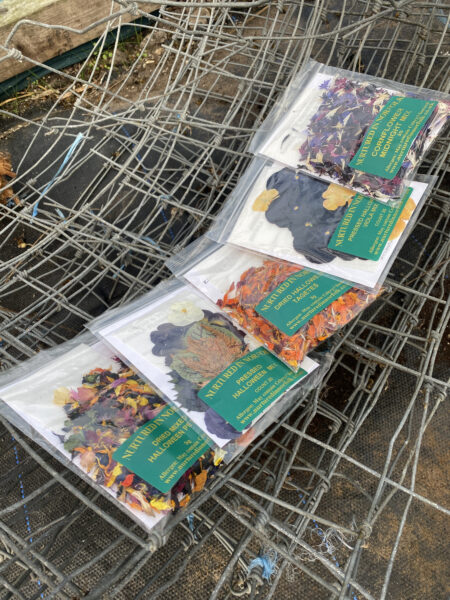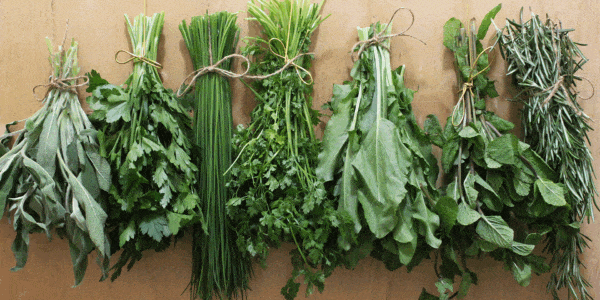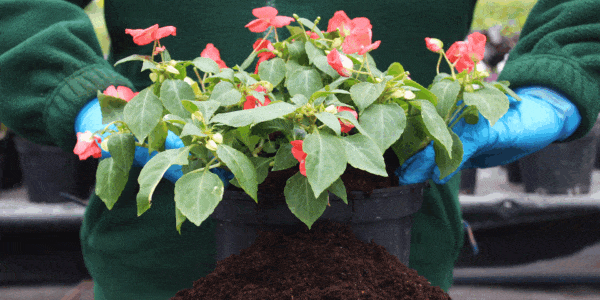 20 October 2022 | Horticulture Hacks
20 October 2022 | Horticulture Hacks
Horticulture Hacks for Dahlia Flowers

Nurtured in Norfolk’s gardening expert Martyn Davey answers all your questions and gives his top horticulture hacks.
If you would like any horticulture query answered please do e-mail our head grower at martyn@nurturedinnorfolk.co.uk to add your thoughts to our horticulture hacks.
Dear Martyn,
I’ve got a Dahlia ‘Bishop of Llandaff’ I have had it about 5 years and last year it had red and yellow flowers, this year all yellow flowers. Could it be because I put bark all around it as a mulch, other years without the bark it’s been fine. Can you help?
Mrs M Button, Lowestoft.
Dear Reader,
This question is asked in various ways more often than you might expect as it is very unusual if not impossible for a plant to change its flower colour. Personally I have not seen plants change the colour of the flower without any interference from an external factor such as freezing temperatures, drought, pests such as mites or viruses that can cause a plant to change flower colour. These changes are called mutations.
Plant mutations can also be naturally occurring and are known as sports, breaks, or chimeras, these naturally occurring genetic mutations can change the appearance of the foliage, flowers, fruit or stems of any plant. A naturally occurring genetic mutation, sometimes known as a sport or a break, causes a sudden change in the appearance of a plant. There are many ways this will show. You may notice coloured flecks in a white flower, or a perennial with single flowers might develop a stem that holds a double flower. Mutation can also cause a change in foliage colour or fruit appearance. Reversion is a form of plant mutation.
Generally, you may only notice one or two mutations on a plant, for example, there might be just one different coloured flower on a plant. Usually the plant will revert back to its original form the following year. Although it is possible that the mutation will take over and the whole plant becomes like the mutation. Some plants that have been grafted can become overtaken by the rootstock and what was a lovely variegated plant becomes plain green as the rootstock takes the advantage of being stronger and faster growing than the scion that has been added to it. However your Dahlia will have been grown from a cutting and so will be on its own roots, although sometimes if they have grown from seed they do not come true and this may lead to a yellow flowered seedling growing close to the original plant and in time that takes over. There is a yellow Dahlia flower, ‘Duke of York’ which is very similar in leaf colour to ‘Bishop of Llandaff’. Mulch can sometime cause such mutations to occur and it is always best to keep mulch away from the actual stems of the plants.
Most mutations are random and are a result of a change within the cells of the plant, but mutations can sometimes be triggered by cold weather, temperature fluctuations or insect damage. Sometimes the mutation is unnoticeable because the characteristics are not passed on from the cell where they occurred, but if the mutation occurs at the growing point, entire shoots can be affected as that cell multiplies and gives rise to whole cell lines.
The term chimera is used when genetically distinct tissues co-exist within the same plant or parts of a plant. For instance, some plants, such as chrysanthemums, roses and dahlias are prone to producing chimera flowers, where the flowers have sectors of different colours, and chimeras are the usual basis for variegated plants.
Generally, genetic mutations are not a problem, and can be pruned out if undesirable; however, many sports will die out or revert back to their original form of their own accord.
Some sports are stable and may be of interest to nurseries who actively seek out new plants.
Jobs for this week
- This time of year it is important to dead head bedding plants to keep them going longer, cut them back if they appear to be fading this should generate new growth and another flush of flowers.
- Keep watering pots and containers feed at least once a week for the best displays.
- As space becomes clear in the vegetable garden sow green manures to feed the soil.

